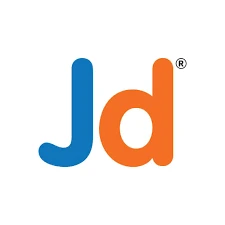|| Get certified with Diploma in Accounting and Taxation training in Vadodara!
The Diploma in Accounting and Taxation course in Vadodara offers a comprehensive and practical education for individuals aiming to build a strong foundation in financial management and taxation. This certification course in Vadodara is designed to equip students with essential theoretical knowledge and hands-on skills, making them proficient in the accounting and taxation sectors. The curriculum covers a wide range of key topics, including accounting principles, tax laws, and financial software, ensuring students are prepared for real-world challenges.
The Accounting course also includes extensive training in Vadodara on industry-standard software, such as Microsoft Office, Advanced Excel, and Tally Prime integrated with GST. The Diploma in Accounting and Taxation training in Vadodara ensures students become adept at using these tools for financial data management and tax compliance. From basic Excel functions to advanced data analysis and modeling, students will gain the technical expertise needed to handle complex financial tasks with precision.
In addition to software training, the course delves into important topics like income tax preparation, GST compliance, and tax planning, preparing students for successful careers in taxation and financial advisory roles. The Diploma in Accounting and Taxation certification course in Vadodara also includes SAP FICO training, providing students with the skills required to manage financial processes and generate detailed reports using a globally recognized enterprise resource planning software.
To complement the technical training, the course includes classes in Vadodara that focus on improving spoken English and communication skills. These Diploma in Accounting and Taxation classes in Vadodara enhance students’ ability to present financial information clearly and collaborate with colleagues and clients in professional environments.
Overall, this Diploma in Accounting and Taxation in Vadodara offers a well-rounded education, blending technical proficiency with vital communication skills, ensuring graduates are ready to excel in the accounting and taxation fields and pursue a successful career path.



 4.8 (21,636) reviews
4.8 (21,636) reviews


 Read more
Read more 
